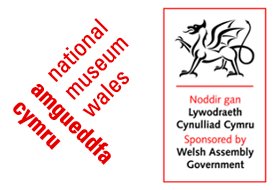English
Impactor Speed
The aim of this activity is to use vectors and Pythagoras’ theorem to work out the speed at which an impactor hits a comet.
Comet Wordsearch
A simple literacy task for KS2 or KS3 students to help familiarise them with terms relating to comets.
Comet Crossword
A simple literacy task for KS2 or KS3 students, to help them become familiar with terms related to comets.
Deep Impact Collision Energy
The aim of this activity is to calculate the kinetic energy of an impact and to learn how the kinetic energy changes when the weight of an impactor is altered.
Impact effects
Meteorite impacts are devastating events but it is not only the impact itself which causes destruction but the after effects of these phenomena which can be just as catastrophic. From stratigraphic records and accounts of recent impact events we can build up a picture of various resulting disasters encountered when these space rocks collide with the Earth.
Meteorite Mitigation
OverviewThis lesson aims to introduce pupils to the different effects of a meteorite impact and develop their understanding of various mitigation techniques for these events.
Lava Lab!
Investigate the factors that influence the viscosity(runniness) of treacle. How does this relate to the different shapes of volcanoes that can be found on the Earth and on Mars?
Creating Craters
This lesson allows pupils to create impact craters in layered dry materials. Pupils can perform controlled experiments by varying the velocity or mass of crater-forming objects and observing and measuring their effects.
Aims
Making Regolith
Students will determine the effects of wind, sandblasting and water on regolith formation and deposition on Earth. After discussing whether or not they think that lunar regolith is formed in the same way, the students will simulate regolith formation on the Moon by meteoritic bombardment.
Background on Meteorites
This document provides a concise background to meteorites including what they are and where they come from.


